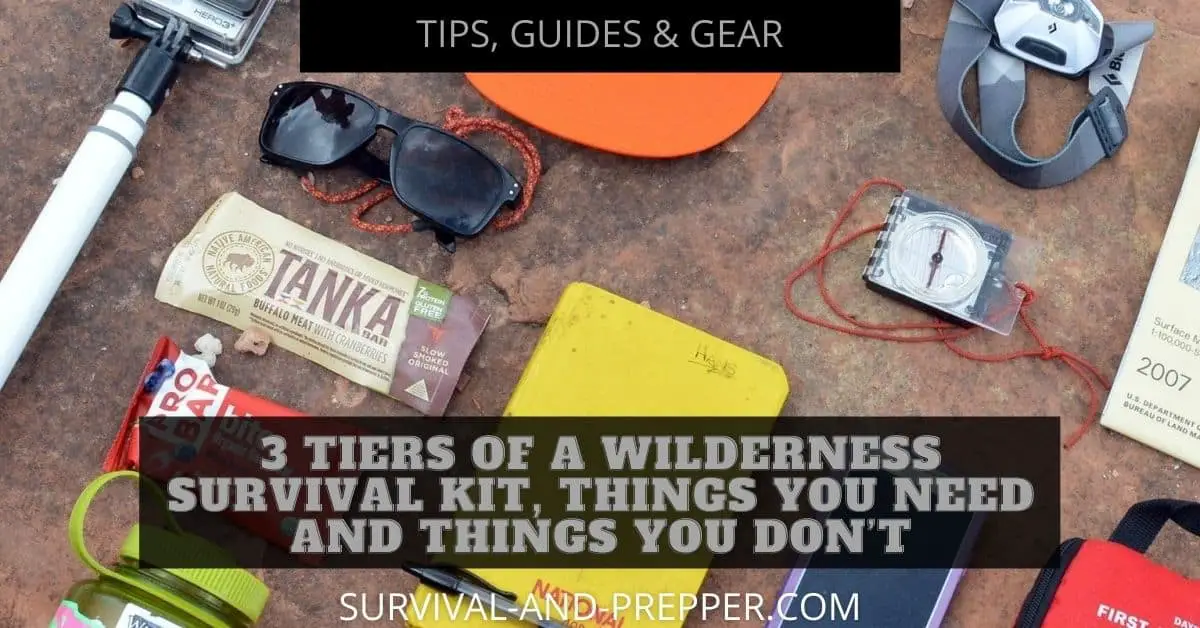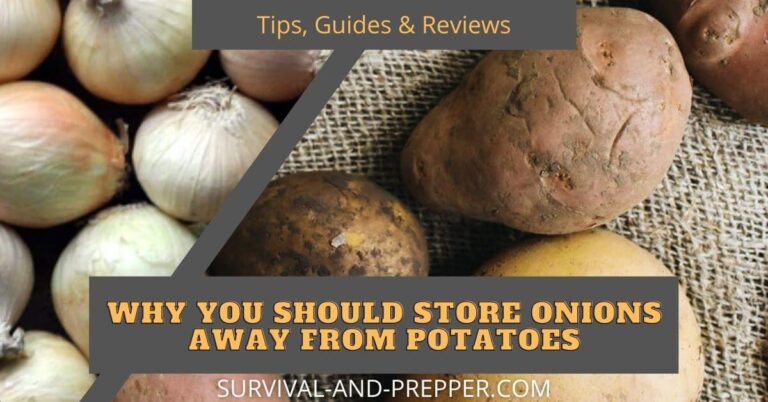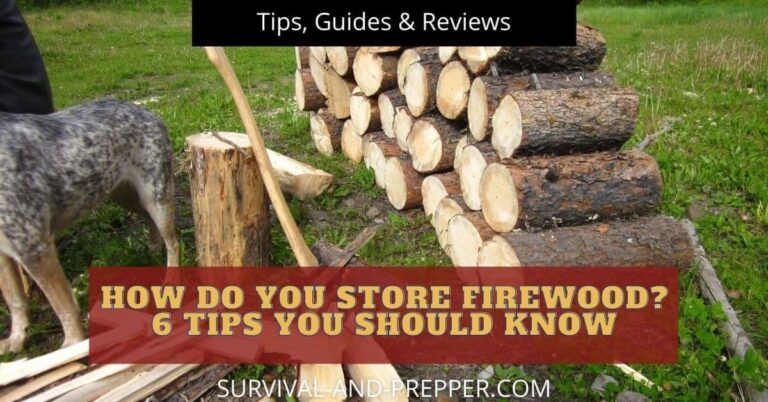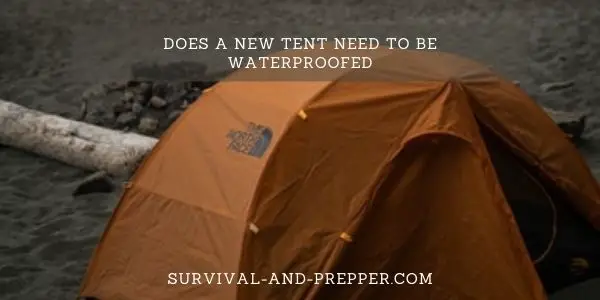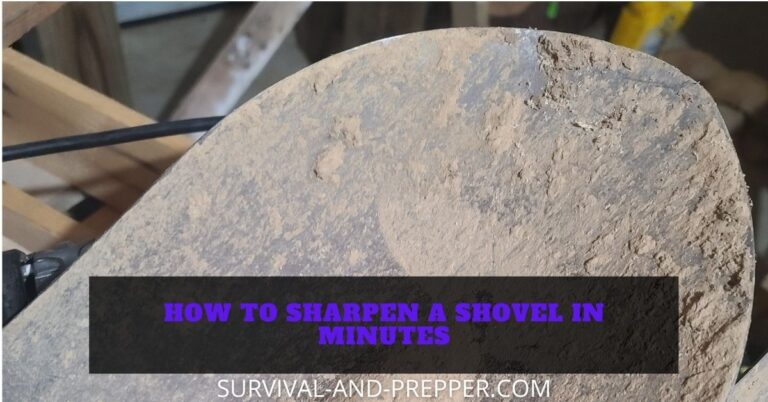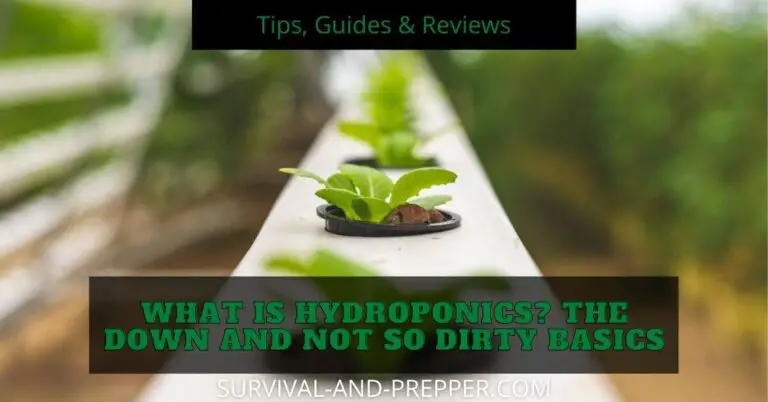3 Tiers of a Wilderness Survival Kit, Things You Need and Things you Don’t
When discussing the things that you need in a wilderness survival kit you need to consider that you will be carrying these items with you on all of your outdoor adventures. Keeping that in mind you should narrow down the items in your kit to include only those which are critical in your current environment.
Often you can replace specific pieces of gear with improved skills which take up no space and add no extra weight to your pack.
With the knowledge that every environment may present different challenges I have broken the list of items you should include in your wilderness survival kit into three tiers. Those you should always have, secondary items and area/climate specific items.
Remember that the most important items in a Wilderness Survival Kit are those items that will help you get home safely, if something goes wrong.
The Wilderness Survival Items you Should Always Carry “Tier 1”
The items in this tier are things that you should always carry with you if venturing into the outdoors. They can often be blended into your normal equipment due to their size and usefulness. Because of that carrying them is normally not an issue no matter what you are up to.
These items should be sufficient for your lesser remote areas. For instance if you are in a local state park that can be walked across in a single day.
Knife or Multitool
It is hard to dispute the usefulness of a decent knife. Before I begin touting the benefits of this or that style keep in mind that this is your personal choice. Just make sure you get one that has a dependable blade that is well maintained.
Many people prefer the comfort of having a decent sized survival knife. These have the advantage of having an extremely strong blade and that they can often be used in place of a hatchet if necessary.
At the same time, others prefer the lighter weight and more features of a multitool. You can still sharpen a stick if you need a spear, or cut branches if needed. Some models contain small magnifying glasses, scissors or pliers all of which could be useful in a survival scenario.
Bivouac Sack, Tarp or Plastic Sheeting
A bivouac sack is essentially a waterproof cover for your sleeping system, depending on the type and weather you can often get away with using it as your only sleep system. A tarp or plastic sheeting can also be used to keep you dry.
The downside here of a tarp though is they can tend to be large,bulky and somewhat heavy. That is why most people prefer the Bivouac sack or even a small roll of plastic sheeting.
One bivouac sack that is definitely worth looking at is the Tact Bivvy by Survival Frog. They just released a new version that has a ton of features. In addition it is small enough to fit in the palm of your hand.
Water Source or Filtration System
Water is probably the single most important part of this section. Depending on environmental conditions and levels of exertion you can begin to become dehydrated in less than a day. Obviously water tends to be somewhat heavy.
Because of this you want to make sure you have enough hydration for your planned outing but also have a backup plan in case you cannot get back. This can be either in the form of extra water in a canteen or in the form of a method to purify water such as iodine tablets or a lifestraw filter.
Fire Source
A fire can provide more benefits than just heat. If you end up lost then smoke in the day time and light at night time can draw attention to your location.
You can also use a fire to cook or roast any food you may manage to catch. Another use may be to either melt snow for water or to dry out clothing after you end up being drenched from rain or falling into a stream.
For some reason I always see the survival articles touting the use of fire strikers and while I do agree that they have their place, why would you not include a simple cigarette lighter in addition. I am sure that we can all agree a lighter is a far easier method if it actually works than a fire striker, magnifying glass or bow drill.
Things you Don’t Need in Tier 1 Gear
Many people feel you always have to carry navigation aid, blankets, twenty days of food and so on. However, if you have considered where you are headed this may not be the case at all. This becomes even more true when you are heading out to areas surrounded by large suburban areas.
For instance we have a nearby state park that you could cross on foot in a day if you pushed it. This particular park consists of two mountains and some hills. So if you were to get lost or turned around, all you would need to do is head down hill and you would reach one of the roads which surround it. Due to the volume of traffic it would be only a matter of minutes after that that you could likely flag someone down.
That being said, only to indicate your equipment should be based on where you are headed, in this case you would prepare to stay overnight if needed or to be able to signal for help, otherwise you probably don’t need to lug a ton of extra equipment.
Basing Your Wilderness Survival Kit On More Remote Locations “Tier 2”
The Tier 2 items are intended to help you navigate your way back from or be rescued in a more remote location. In some cases these items may require some basic knowledge on their use.
These items should be carried at any time that you cannot walk completely across the wilderness area you are entering in a single day.
Map

A map of an area is a great tool for being able to find your way back to civilization. That is assuming you have taken the time to learn how to orientate off of the map based on topographical features. If possible try and get one that also indicates the elevations as this will help to narrow down the area you are located in.
Some basic tips here include looking for water sources and following them down stream. Following the water source downstream normally has a higher likelihood of reaching civilization than following it upstream. This is due largely to smaller streams originating from springs.
Compass
A compass is very similar to a map in the fact that it can be instrumental in helping you find your way back; however, that is only if you know how to use it. Invest in a good compass and take the time to learn how to use it.
Check out our compass buying guide in order to determine what is the best option for you.
Light Source or Flashlight
This is another area in which you should pick the style of light you are most comfortable with. Many find that headlamps are the most convenient as they allow you to use your hands for various tasks without the need to hold the light.
Some considerations to keep in mind are weight, size, type of bulb and durability. While it has become harder to find them incandescent flashlights do still exist. I suggest steering clear of these as they are often dimmer and consume more power than newer LED models.
You may also want to include some extra batteries if possible, this is even more important if you already plan on using the flashlight. For example you are planning a three day camping trip and you know you need two sets of batteries for that time frame. In this instance you would want to include several extra sets if you can spare the weight and room.
Signalling Mirror and Whistle
These two items may seem inconsequential to you and kind of silly. Their primary purpose and benefit though lies in the fact they require very little effort to use. You would likely find these most beneficial if you were injured and unable to collect materials for a fire or to yell out for help. Both of these are very light weight and should be included in your kit.
Note: If you purchase the Tact Bivvy from Survival Frog mentioned earlier it includes a survival whistle as part of its case.
Area and Climate Specific Items for Your Wilderness Survival Kit (Tier #3)
The items in this tier tend to vary depending on where you are going to be. They should be selected based on what types of environmental concerns you may encounter.
These are also the items that will add the most bulk and weight to your survival supplies so keep that in mind.
Weather – Rain, Fog, Extreme Sun
The first of the weather concerns will deal with rain and sun. If you are going to be heading out into very arid areas, or even anywhere where temperatures can exceed 80 degrees you should really take steps to minimize your exposure. This could be accomplished in how you dress and carry extra water.
When dealing with rain you want to ensure that you carry some form of rain gear. If you are planning to use this gear as an emergency only then you could go with a simple poncho. That will allow you to fold it and compress quite small saving room. If you want something more useful, then you may need to consider a gore-tex rain suit.
Fog can pose unique challenges and greatly increases your risk of getting lost. If fog is a concern in your area then it is a good idea to carry a GPS or PLB in addition to your alert whistle. The GPS will allow you to navigate back in limited visibility while a PLB will notify rescuers of your location.
Weather – Temperatures, Heat, Cold
The next concern with weather is actual temperature. Obviously you need to take extra considerations in extreme heat or cold. You need to apply these considerations to everything from water to extra clothing and even your sleeping system. In most cases, you will have already included the needed items when you packed for this specific area, but always figure on backups in case you end up stranded or lost in an area for longer than you initially expected.
Some examples here are adding an extra space blanket to go with your sleeping bag. Another item would be to add some extra food. In the winter or extreme cold finding food may be far more difficult.
As an added note fire becomes even more critical in cold weather, make sure you have several sources of starting a fire. Examples include a lighter, waterproof matches, electric lighter and fire striker among others. I also suggest some firestarter tabs. While firestarter tabs maynot be needed in most cases, when a fire becomes critical for survival give yourself that extra advantage.
Sleep System Considerations
It is a well known fact that environmental factors change depending on where you are in the country. These changes can affect your sleeping needs as well.
When I was in the army we were issued a three piece sleeping bag that worked great everywhere in the United States, however not all pieces were needed in each region.For example most often we used just the waterproof shell or the lightweight portion where I was. In other times we used the heavier inside section or even all three depending on the weather encountered.
Perhaps you plan on sleeping in a hammock system and did not bring a waterproof shell. However it ends up snowing out of the blue. While you could still sleep in your hammock. This is likely going to result in you being far colder than if you were to sleep on the ground using the waterproof shell and some snow as an insulator.
If you are not planning on staying overnight then you should still have a plan in place just in case you are forced to spend the night out in the wilderness. This is yet another great reason for the Tact Bivvy; its lightweight and compact size will ensure you have it on hand when needed.
Animal Concerns
Animals can be a very real danger to your survival depending on where you are. In the United States for example you have snakes, bears and alligators to name a few that could pose a threat to your safety.
Take steps to ensure that you are able to deal with them. For instance wearing boots with high sides may prevent accidental snake bites.
But for a Wilderness Survival Kit a bear proof container is a great choice. You can use this container to store the majority of your survival kit. Once it becomes necessary to use, you can store any critical items in this container to prevent damage or loss.
The Basics of a Wilderness Survival Kit
These suggestions were meant as a basis to get you thinking. Use these to help you fill out your kit based on your needs. As I originally indicated, many of these items will likely be included in your normal kit. But you should always keep in mind what you will do if you become injured. Having a plan in place could save your life.
